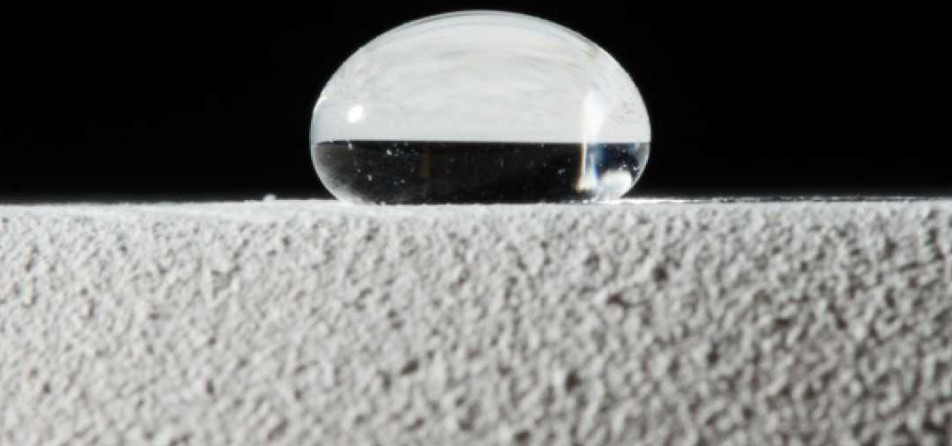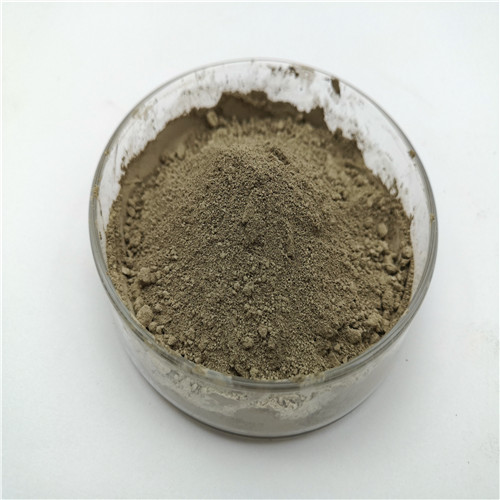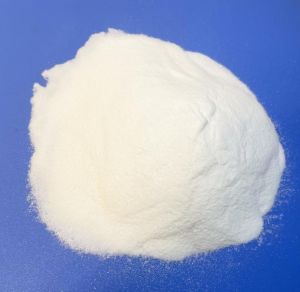Professional solutions on concrete addtives, Concrete Foaming Agent, Superplasticizer, CLC Blocks Additives, and foaming machine
(Commonly used foam stabilizers for concrete)
Introduction of concrete foam stabilizers
Concrete is a material commonly used in construction projects. It is made from raw materials such as cement, sand and aggregates through a series of processing and mixing. In the process of making concrete, in order to ensure the quality and performance of concrete, it is often necessary to add some auxiliary materials, among which foam stabilizer is a commonly used auxiliary material. This article will introduce widely used foam stabilizers for concrete and their functions.
Definition and cassification of foam stabilizers
Foam stabilizer is a chemical substance that can produce stable foam. It can form a large number of tiny bubbles in concrete and maintain the stability of these bubbles. According to the composition and mechanism of action of foam stabilizers, they can be divided into organic and inorganic foam stabilizers.
1. Organic foam stabilizer
Organic foam stabilizers mainly refer to organic compounds that generate gas or dissolve gas through chemical reactions, such as fatty alcoholates, sulfonates, etc. This type of foam stabilizer can form fine air bubbles in the concrete, thereby improving the properties of the concrete.
2. Inorganic foam stabilizer
Inorganic foam stabilizers mainly refer to inorganic substances that form bubbles through physical effects, such as aluminum powder, nitrogen, etc. This type of foam stabilizer mainly produces bubbles through physical reactions and can improve the compressive strength and durability of concrete.
The role of foam stabilizer
Foam stabilizers play an important role in concrete production, mainly in the following aspects:
1. Improve the performance of concrete
Foam stabilizers can form a large number of tiny bubbles in the concrete, and these bubbles can fill the voids in the concrete, thereby improving the compactness and strength of the concrete. At the same time, bubbles can also reduce the weight of concrete, reduce its density, and improve the crack resistance of concrete.
2. Improve the durability of concrete
The bubbles in the foam stabilizer can prevent the penetration of water and reduce the permeability and water absorption rate of concrete, thereby improving the durability of concrete. In addition, foam stabilizers can also improve the frost resistance of concrete and reduce the damage to concrete caused by freeze-thaw cycles.
3. Reduce the density of concrete
Foam stabilizers can reduce the density of concrete, thereby reducing the weight of concrete, the weight of the building, and the load on the structure. This has important implications for the design and construction of large building structures.
4. Improve the construction performance of concrete
Foam stabilizers can improve the fluidity and plasticity of concrete, making concrete easier to construct and pour. At the same time, foam stabilizers can also reduce shrinkage and cracking of concrete and improve working performance during construction.
Commonly used foam stabilizers and their characteristics
There are many types of foam stabilizers commonly used in concrete production. Here are several common foam stabilizers and their characteristics:
1. Fatty alcohol salt foam stabilizers
Fatty alkoxide foam stabilizer is an organic foam stabilizer whose main component is fatty alkoxide. This type of foam stabilizer has the characteristics of good stability, fine foam, and high durability and is suitable for various concrete projects.
2. Sulfonate foam stabilizer
Sulfonate foam stabilizer is an organic foam stabilizer whose main component is sulfonate. This type of foam stabilizer produces stable foam and boosts the strength and durability of concrete. At the same time, sulfonate foam stabilizers also reduce water and plasticizing and can improve the plasticity and fluidity of concrete.
3. Aluminum powder foam stabilizer
Aluminum powder foam stabilizer is an inorganic foam stabilizer whose main component is aluminum powder. This type of foam stabilizer can generate hydrogen gas by reacting with water to form a large number of bubbles and has the characteristics of good stability and fine foam.
4. Nitrogen foam stabilizer
Nitrogen foam stabilizer is an inorganic foam stabilizer whose main component is nitrogen. This type of foam stabilizer forms bubbles by injecting nitrogen. It has the characteristics of good stability and delicate foam and is suitable for various concrete projects.
Conclusion
Foam stabilizers play an important role in concrete production and can improve the performance of concrete to improve its durability and construction performance. Commonly used foam stabilizers include organic foam stabilizers and inorganic foam stabilizers, each of which has its own characteristics and scope of application. When selecting and using foam stabilizers, it is necessary to select a suitable foam stabilizer based on specific engineering requirements and concrete performance requirements, and add it in the correct proportion to ensure the quality and performance of the concrete. The rational use of foam stabilizers allows the quality and performance of concrete to be improved, project costs can be reduced, and the sustainable development of construction projects can be promoted.
Supplier
TRUNNANO is a supplier of raw materials and additives of foam concrete insulation boards, which is concrete and relative products with over 12 years experience in nano-building energy conservation and nanotechnology development. It accepts payment via Credit Card, T/T, West Union and Paypal. Trunnano will ship the goods to customers overseas through FedEx, DHL, by air, or by sea. If you are looking for high-quality raw materials and additives of foam concrete insulation boards, please feel free to contact us and send an inquiry. (sales@cabr-concrete.com).
(Commonly used foam stabilizers for concrete)








